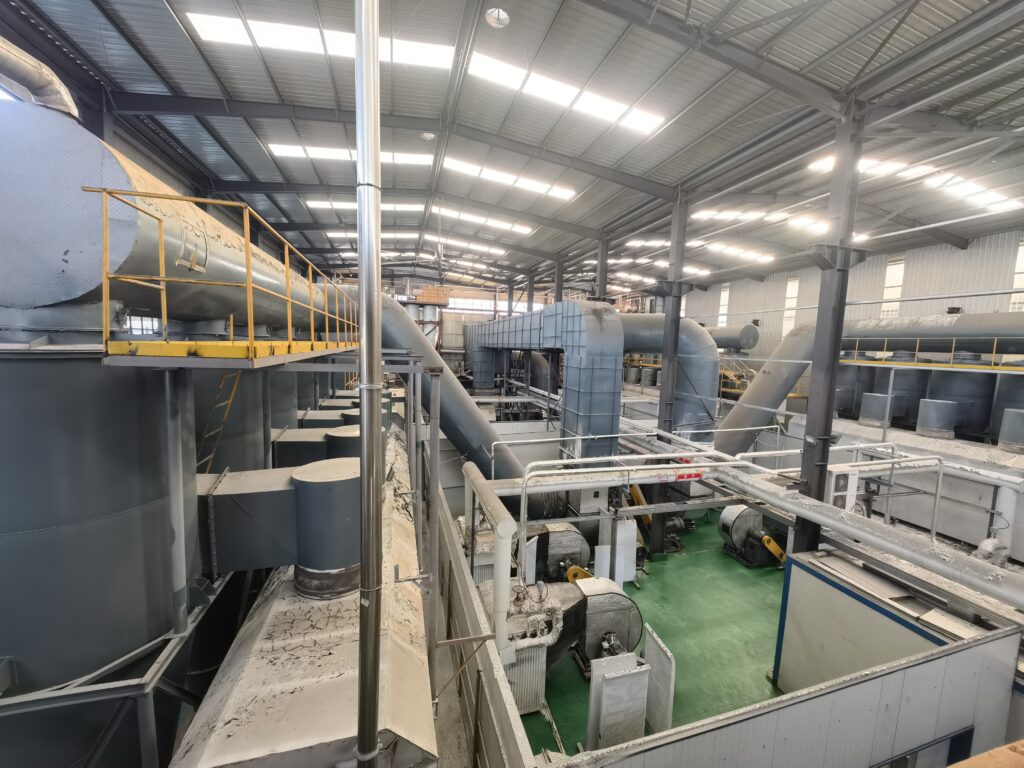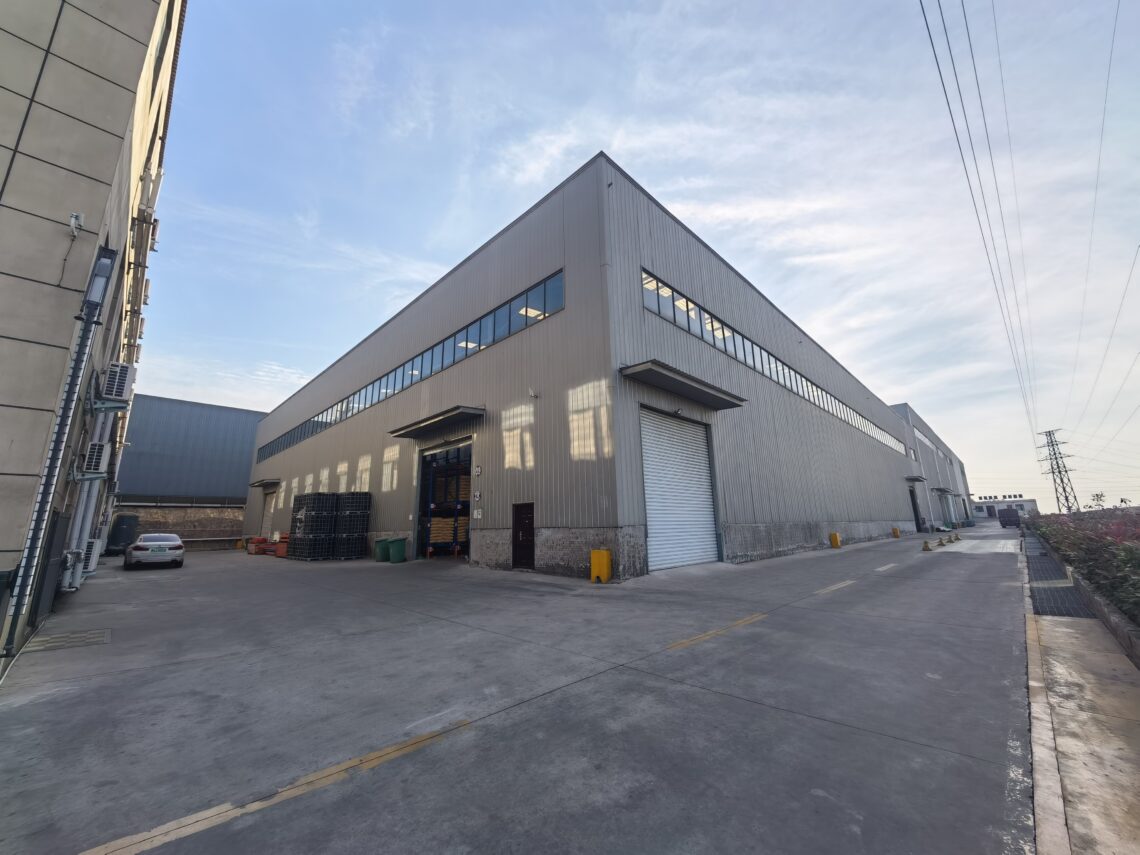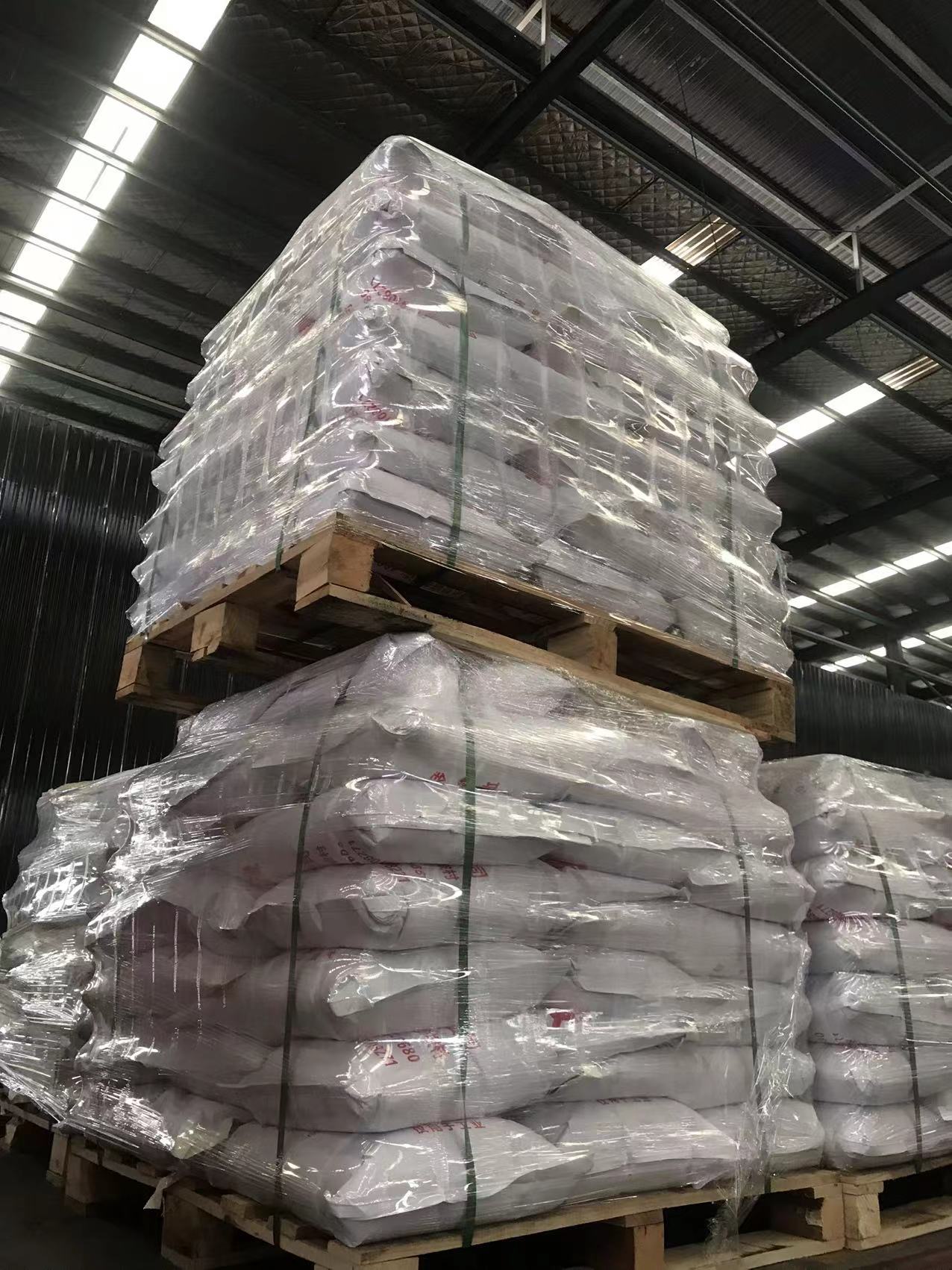I. Fundamental Definitions
- Coagulants: Small-molecule chemicals (e.g., aluminum sulfate, ferric chloride) that neutralize particle charges via electrostatic interactions.
- Flocculants: High-molecular-weight polymers (e.g., polyacrylamides) that aggregate destabilized particles into larger flocs.

II. Operational Mechanisms
| Parameter | Coagulants | Flocculants |
| Primary Action | Charge neutralization | Particle bridging/enmeshment |
| Dosage | Low (ppm level) | Moderate (ppb-ppm level) |
| pH Sensitivity | High (optimal range 5–9) | Moderate (broad 4–10) |
Key Insight: Coagulants destabilize colloids chemically, while flocculants physically aggregate them.
III. Industrial Applications
- Coagulant-Dominant Scenarios
- Mining: Heavy metal removal via hydroxide precipitation.
- Oilfields: Breaking oil emulsions in produced water.
- Flocculant-Specialized Uses
- Municipal Water: Sludge thickening in activated sludge plants.
- Sugar Processing: Clarification of beet juice.

IV. Selection Guidelines
- Water Chemistry: High-turbidity water often requires dual dosing (coagulant + flocculant).
- Cost-Effectiveness: Natural coagulants (e.g., chitosan) reduce chemical costs but have lower efficiency.
- Regulatory Compliance: Aluminum-based coagulants face restrictions in drinking water applications.

